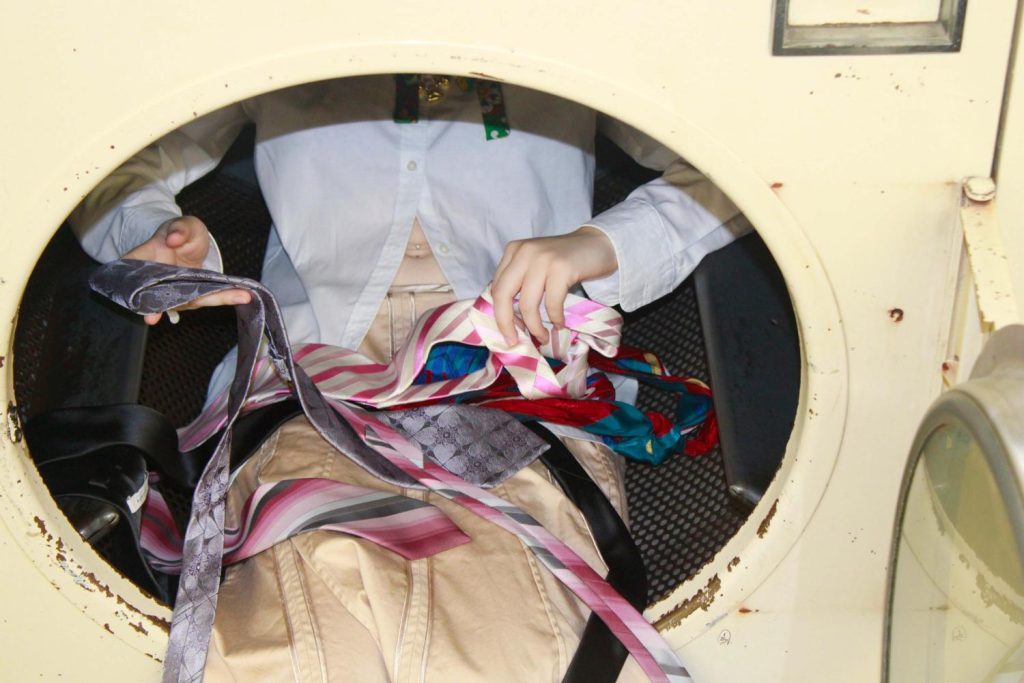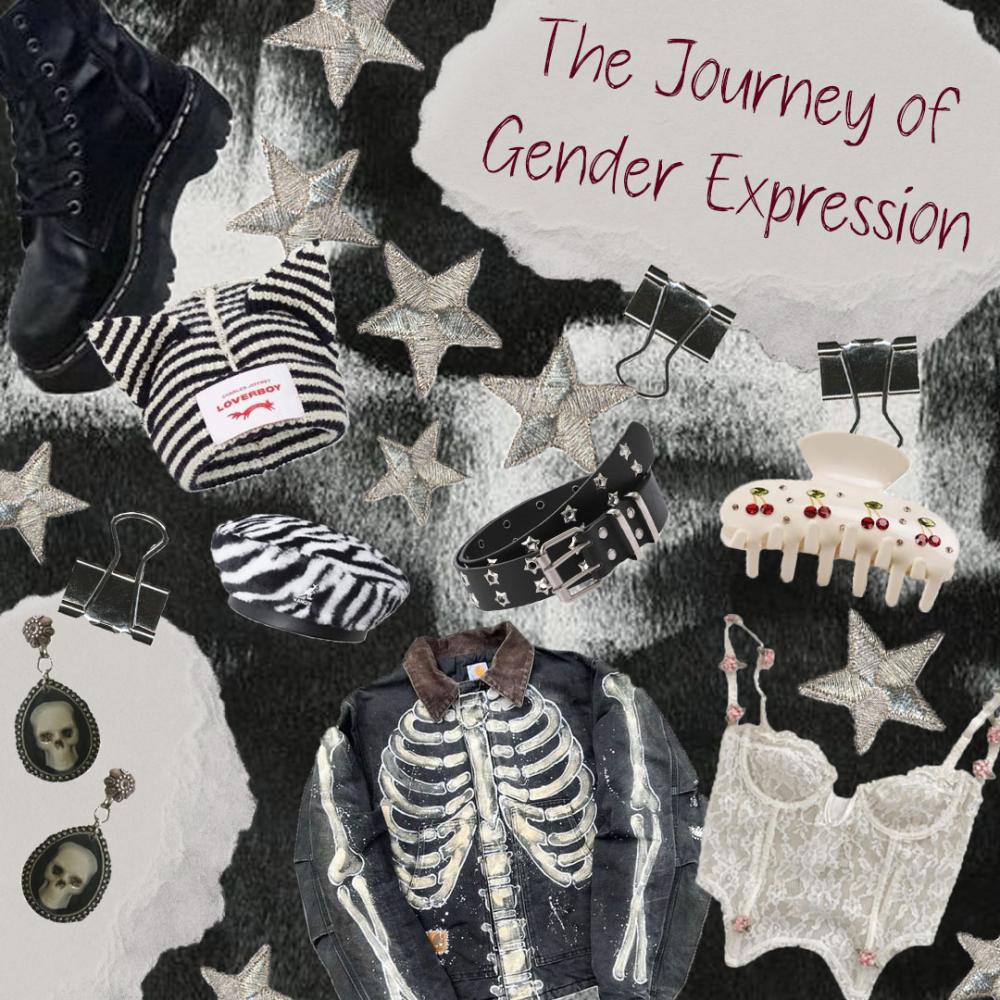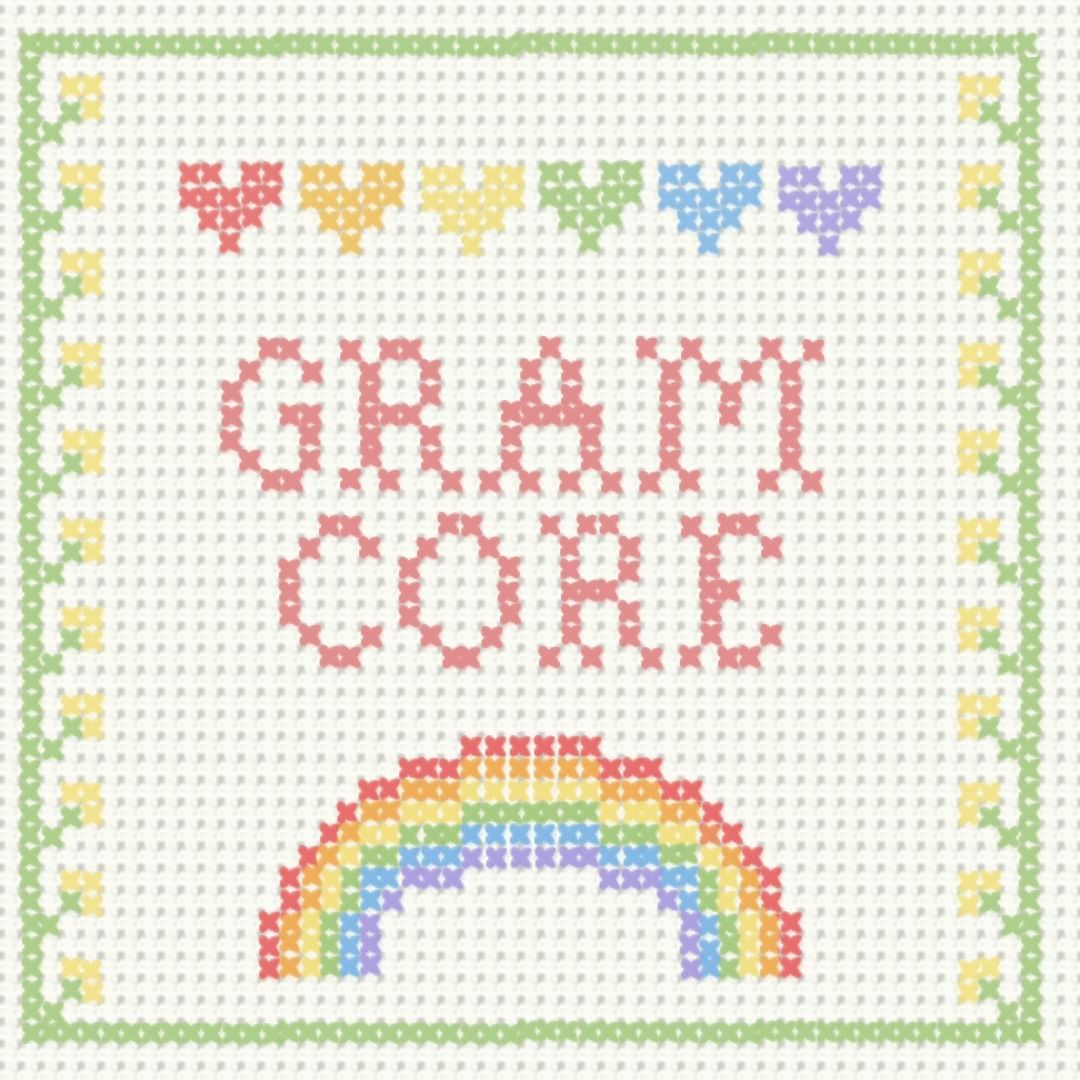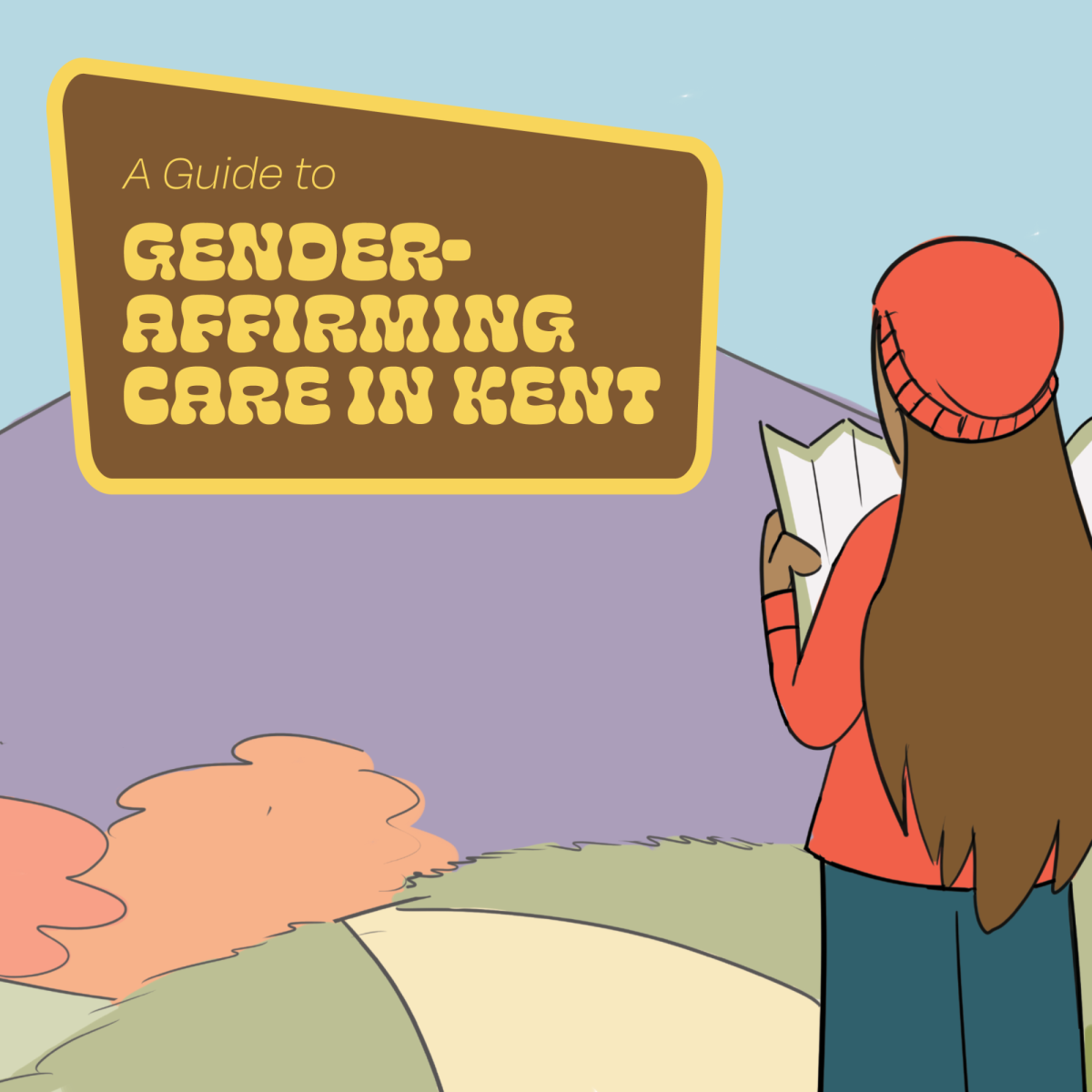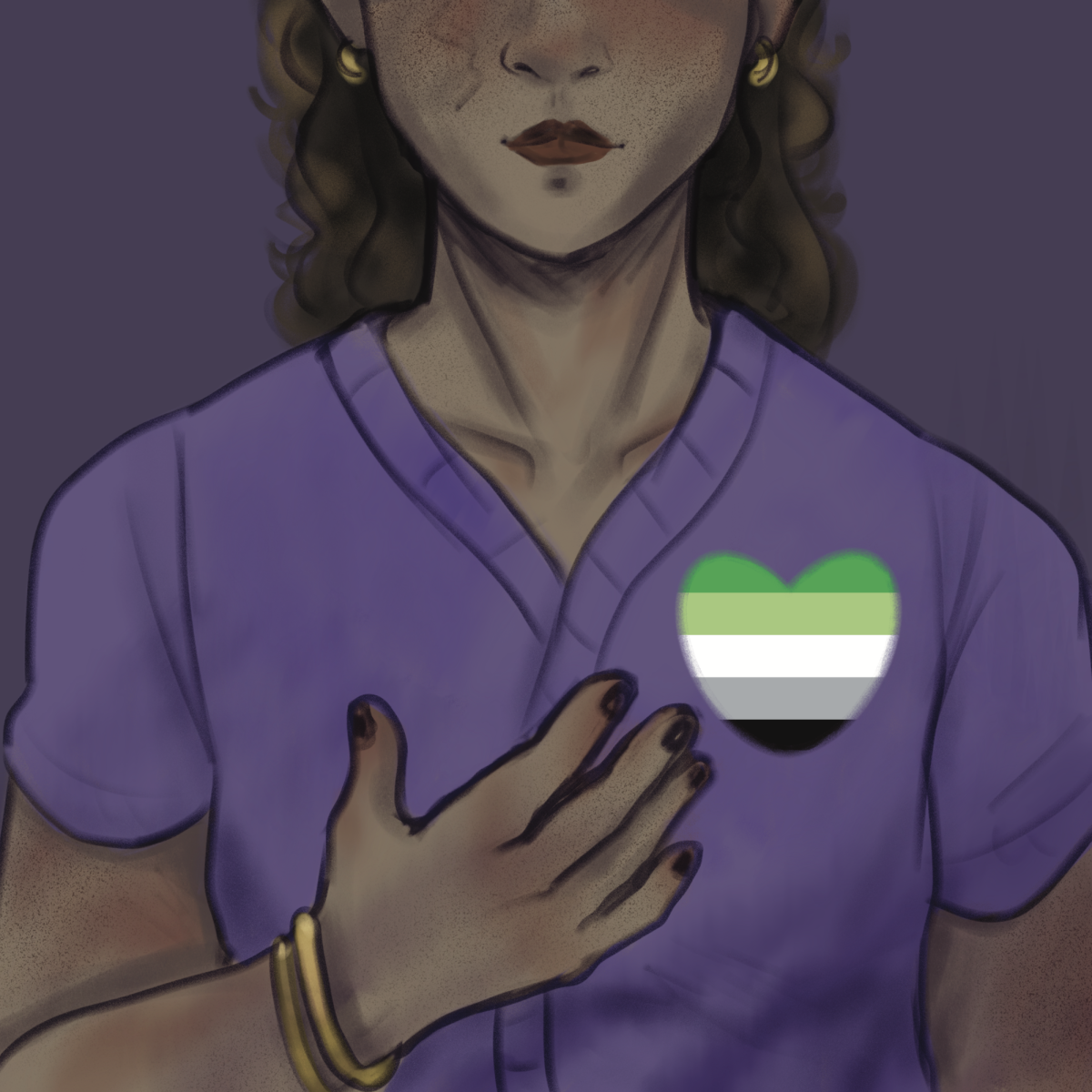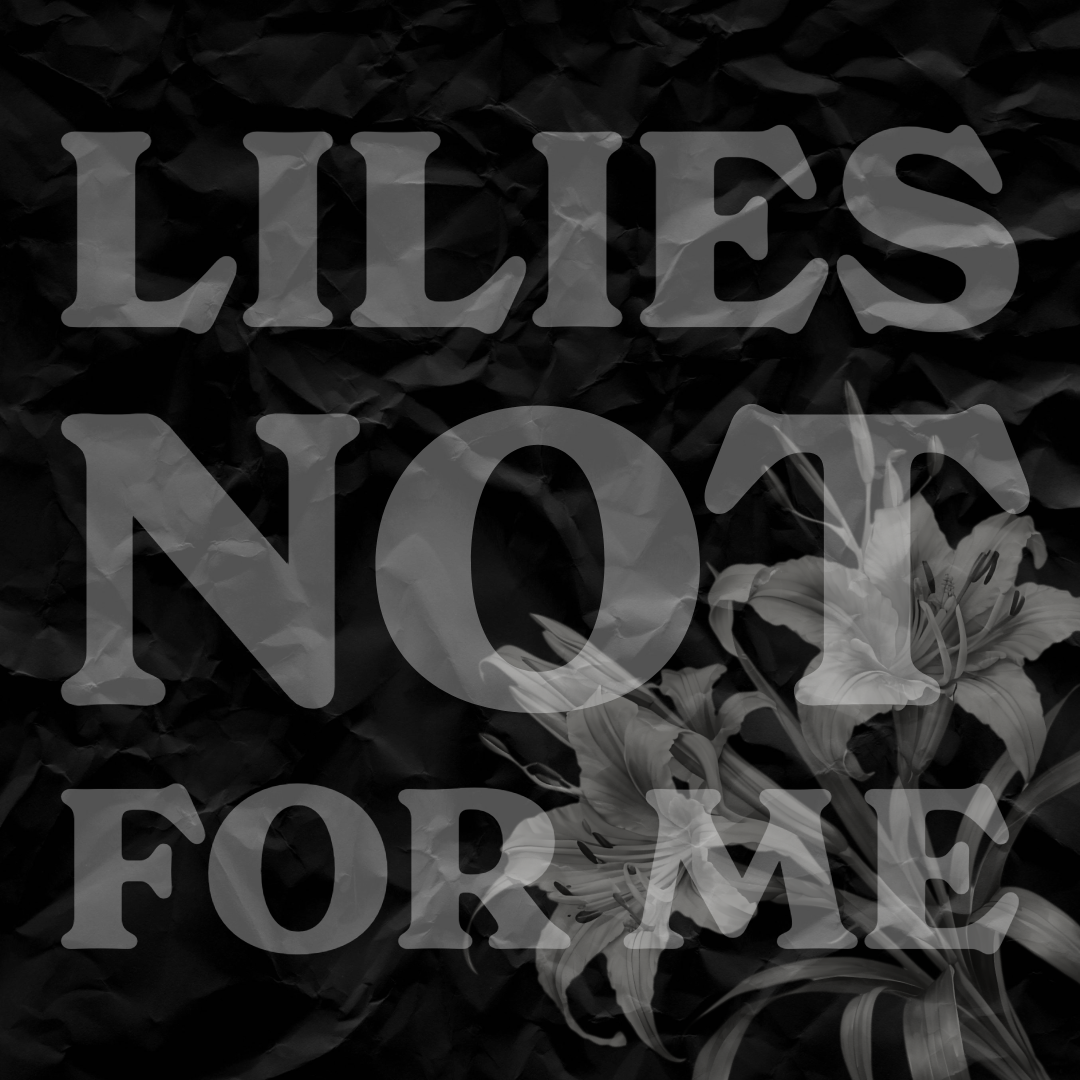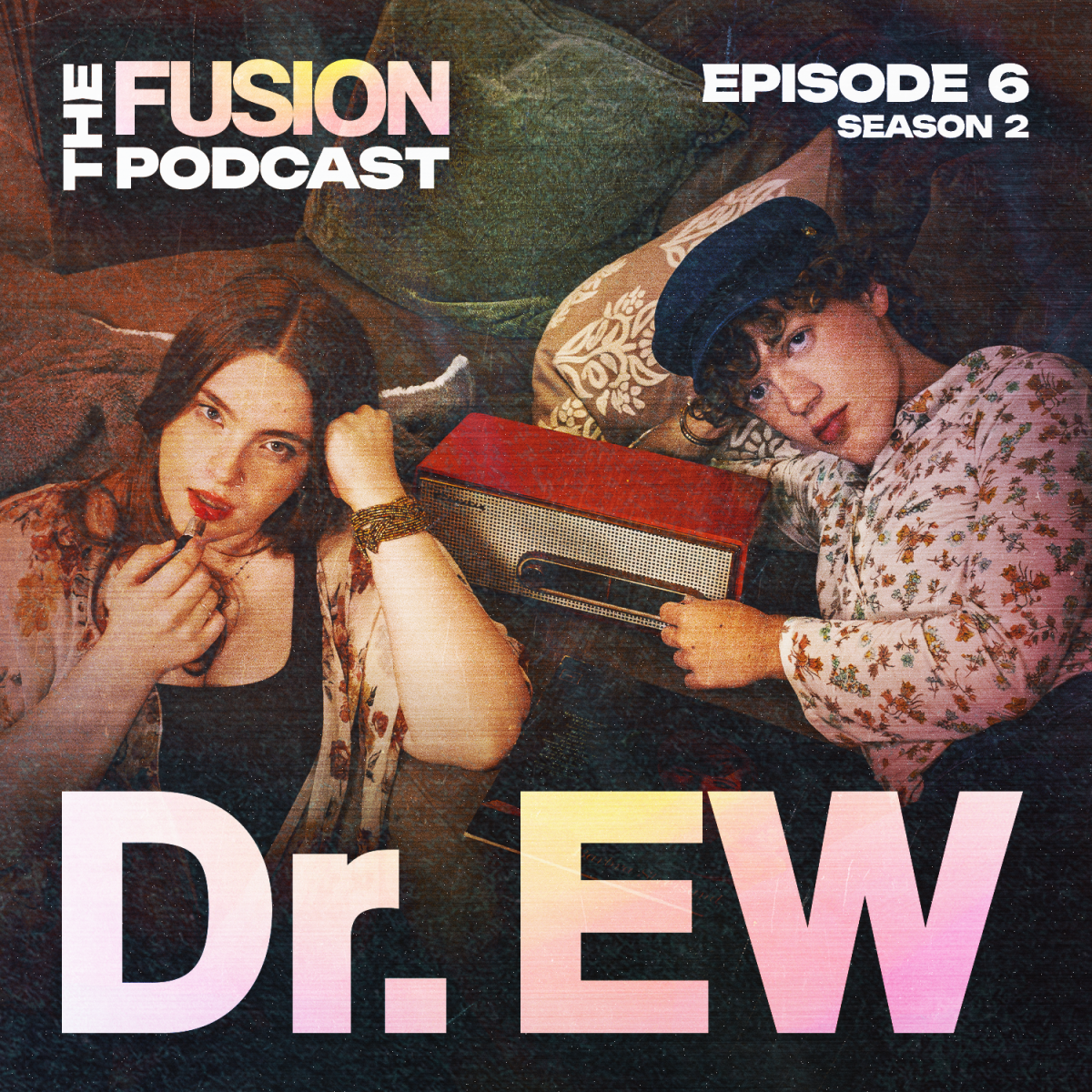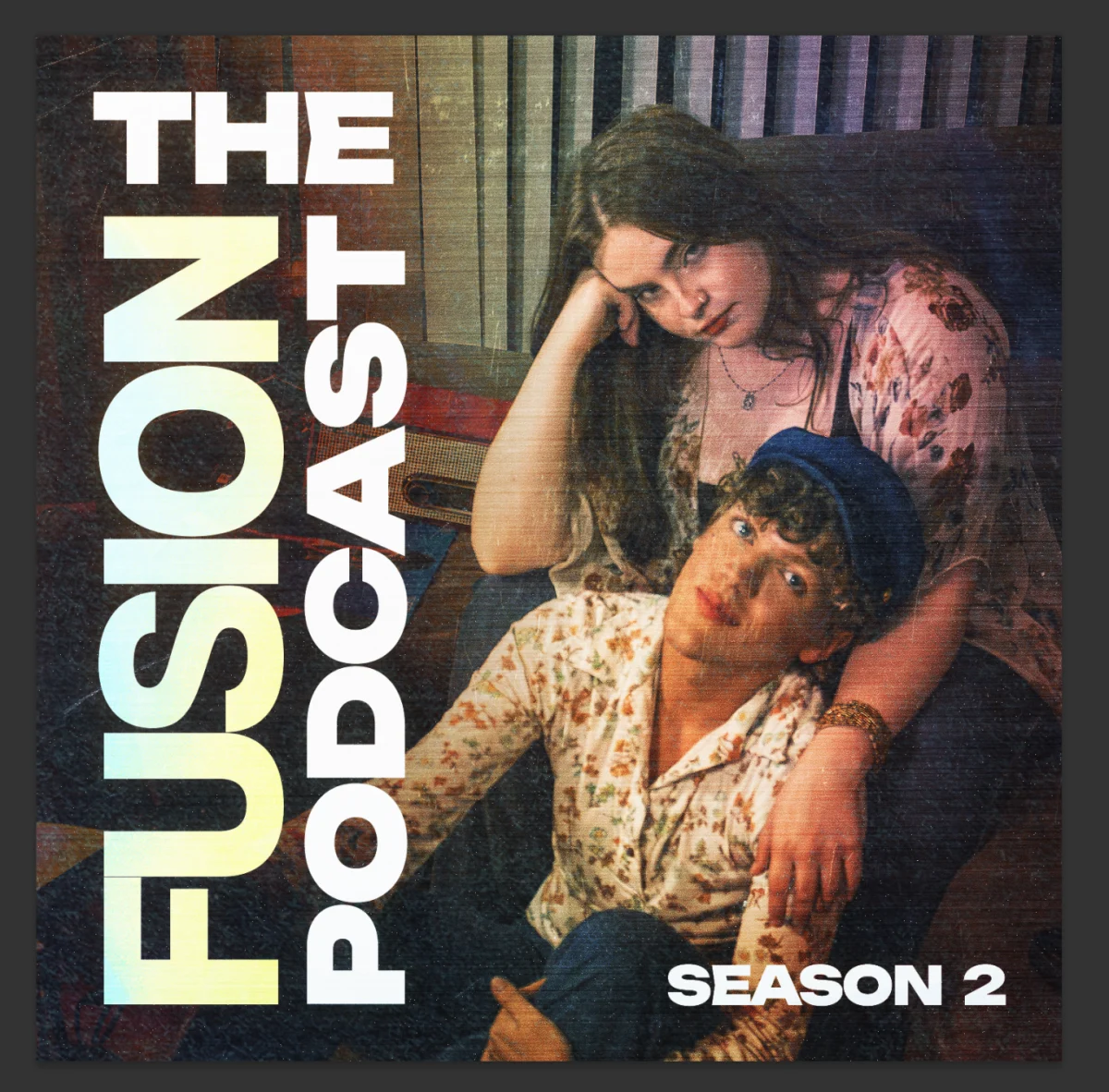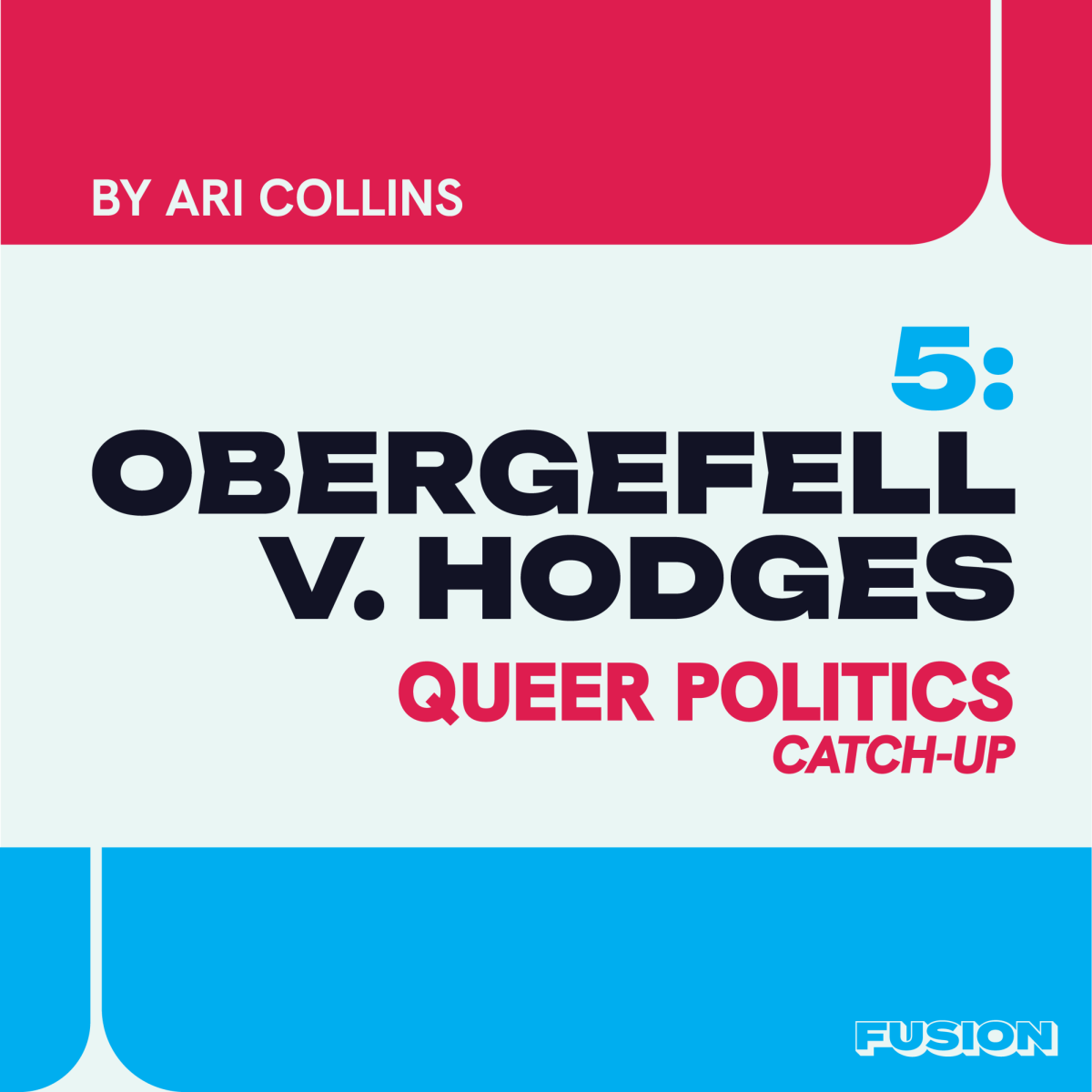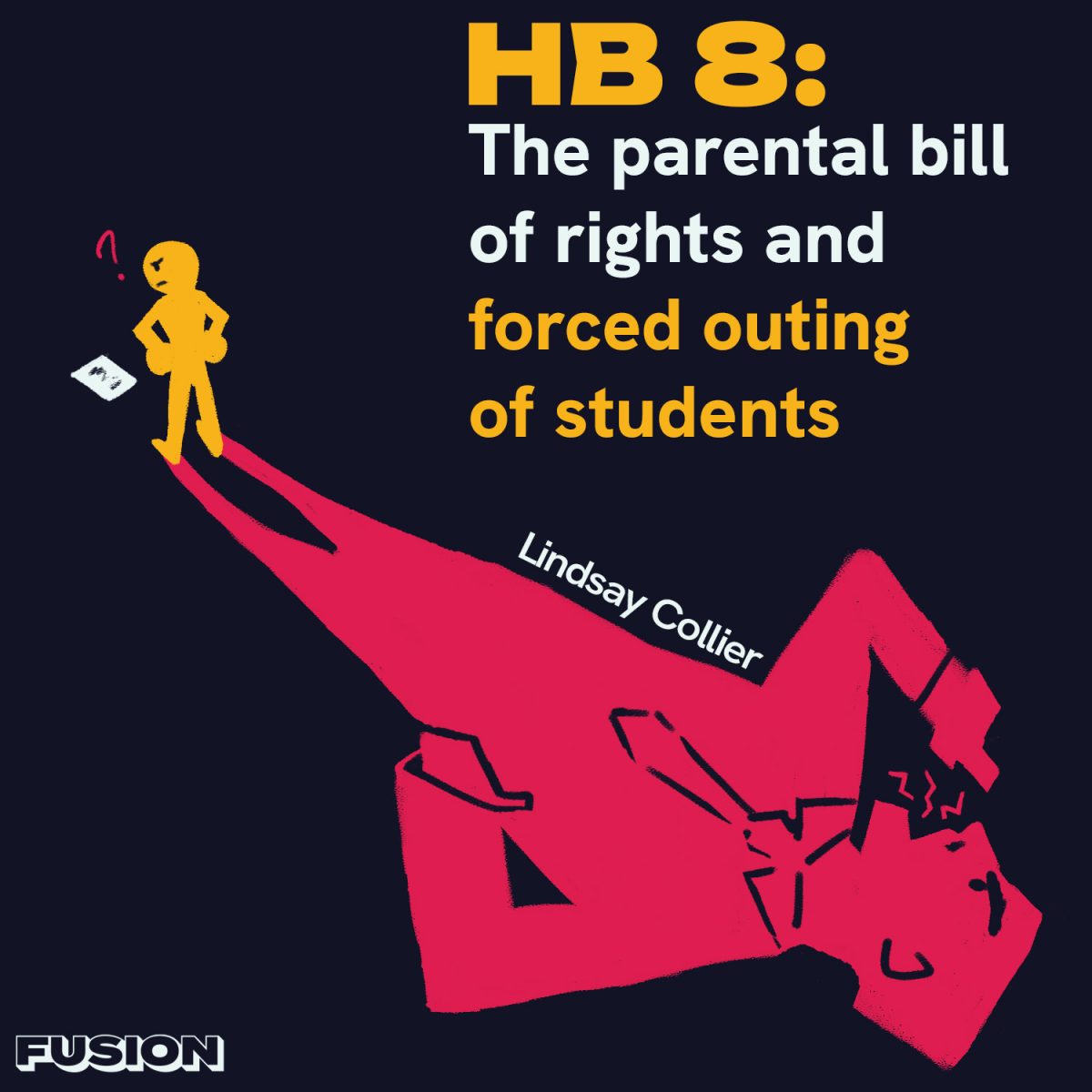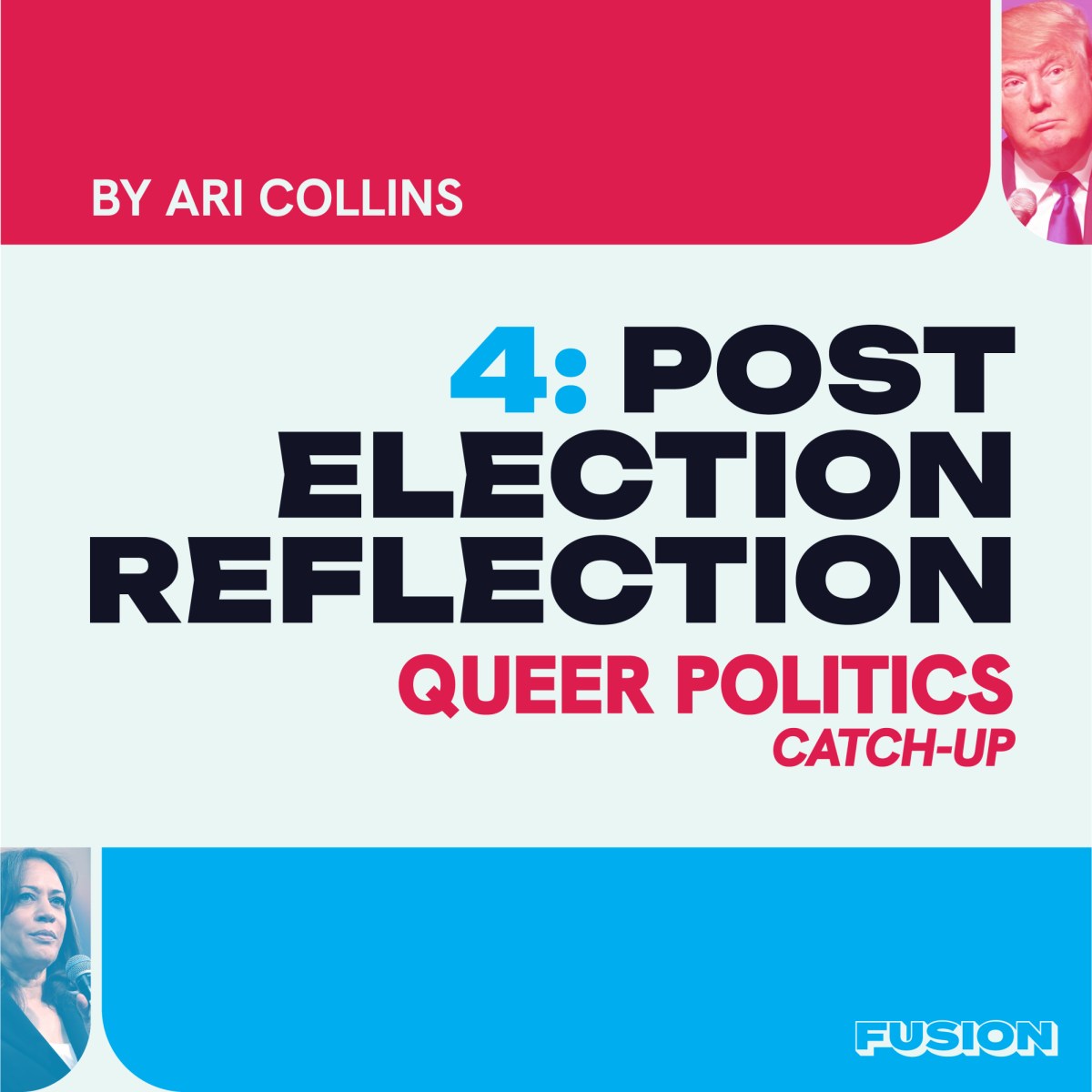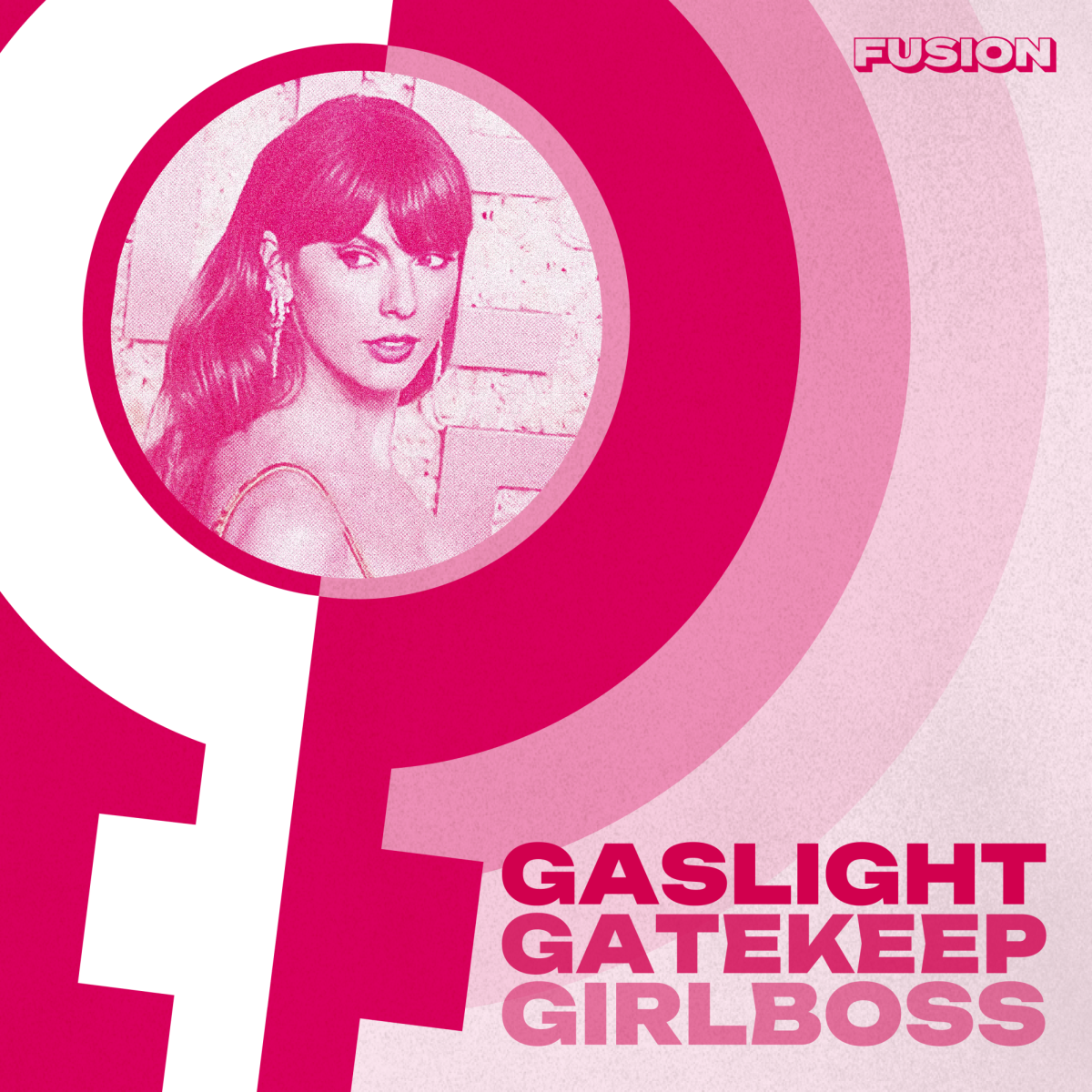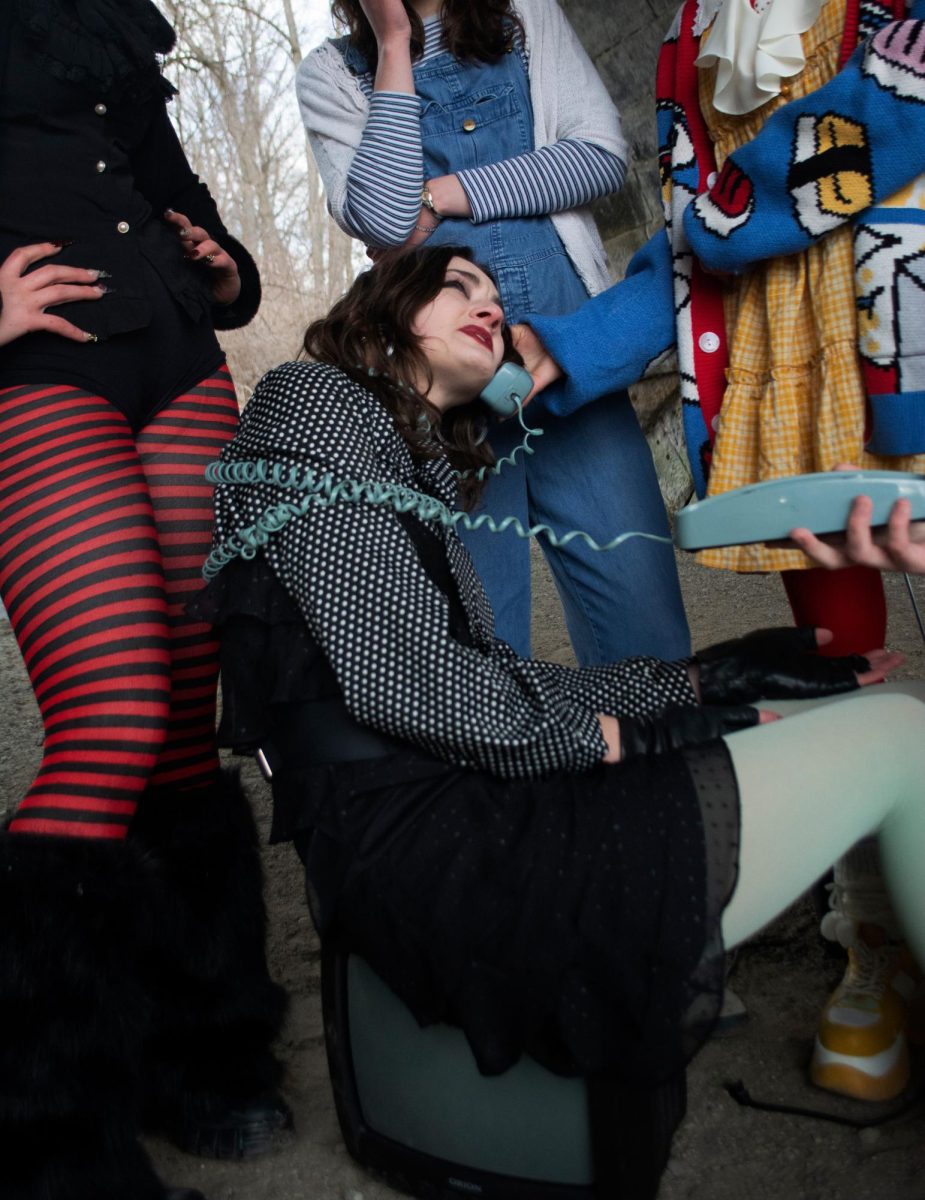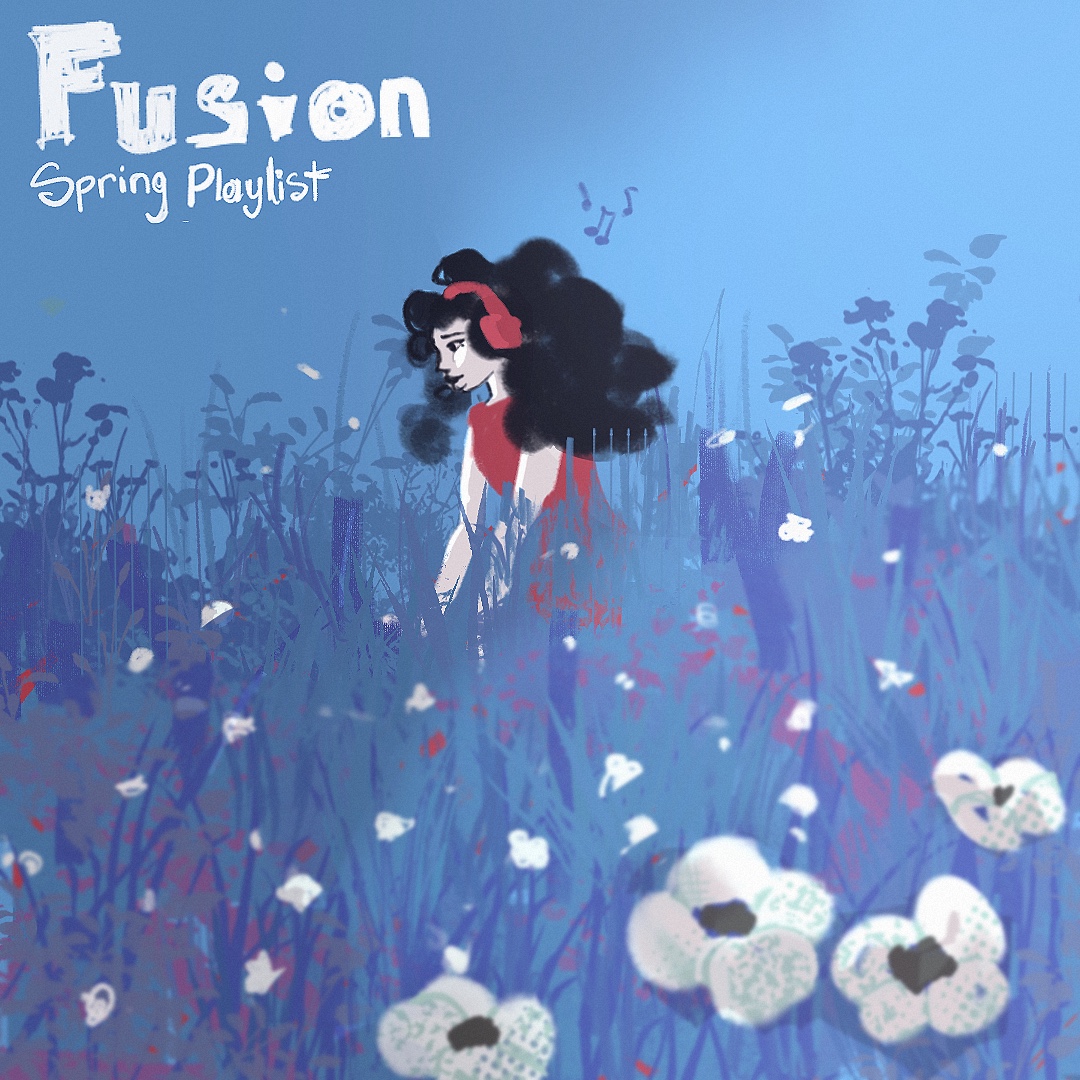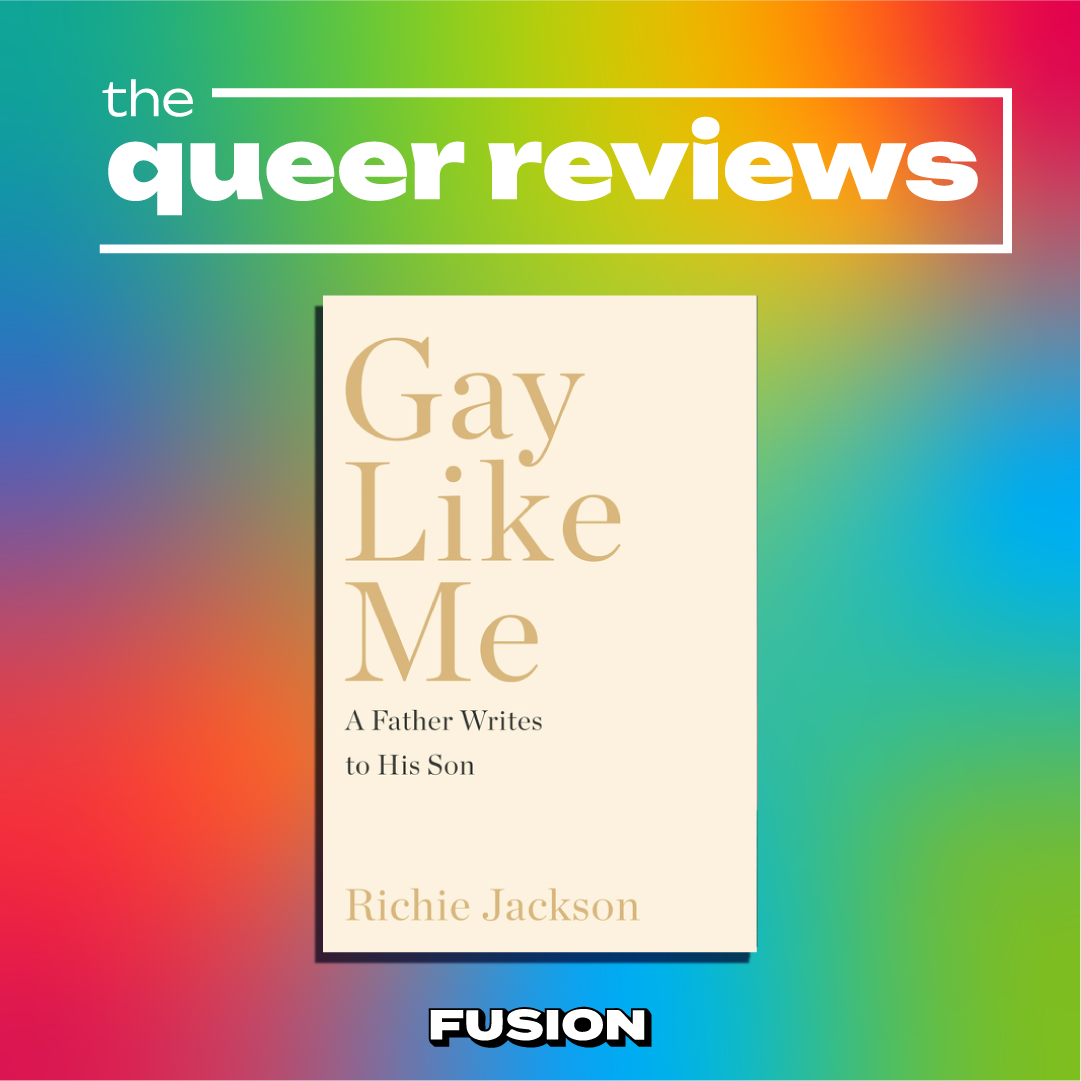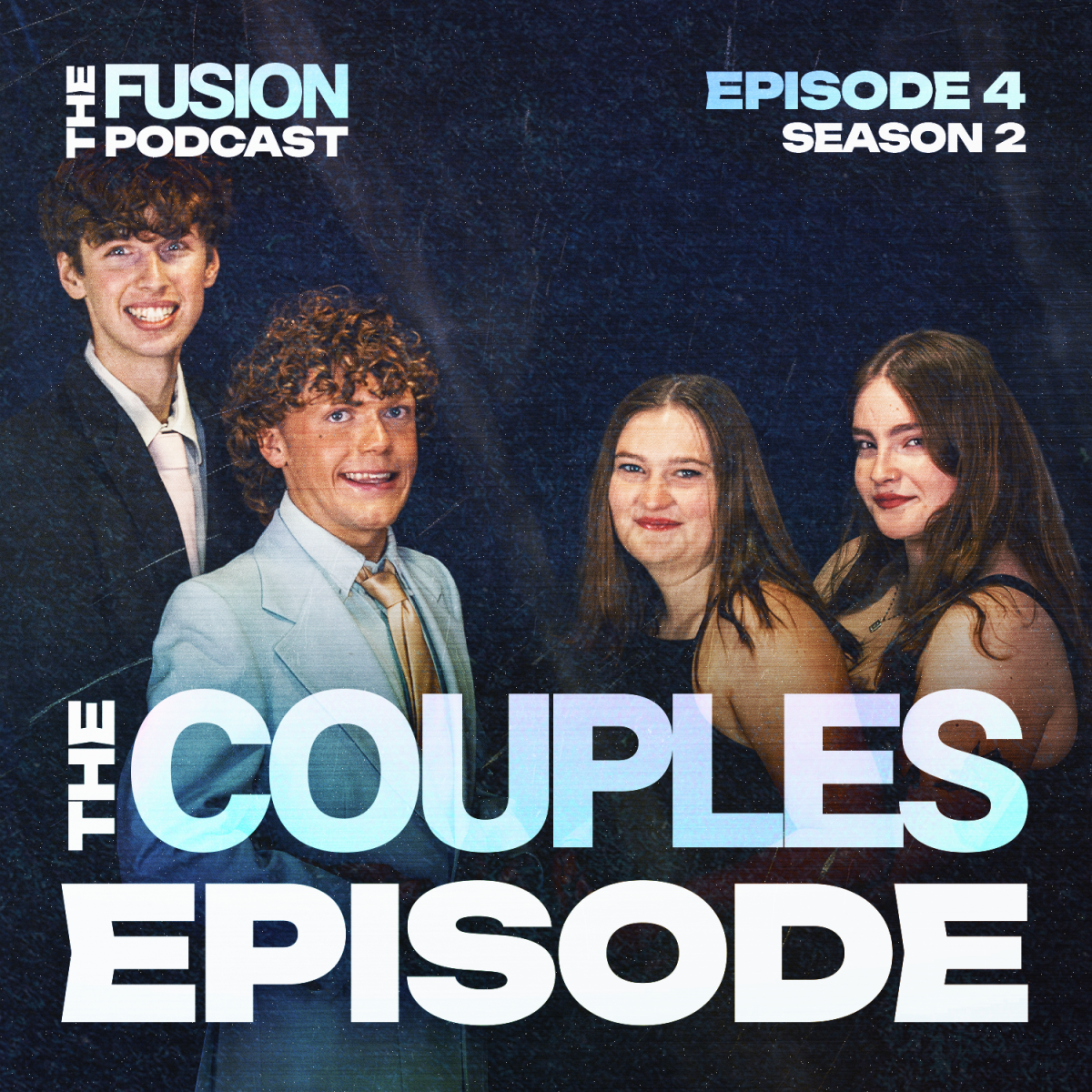Originally for this article, I set out to define queer cinema. Instead, I discovered a void of awareness previously untouched by what I thought was my meticulous abundance of knowledge with queer cinema turned out to be more like a puddled well. – Ella Reese
I became muddled with questions of what I could add to the ever discussed conversation of queer film representation. There are so many more imperative atrocities committed towards the queer community on a daily basis, not only in the U.S., but around the world as governments world-wide steadily lean towards a more conservative regime. As the U.S. Supreme Court is revisiting the case that legalized same-sex marriages, Obergefell v. Hodges (2015), it is important to revisit the roots of the hate and, adversely, the raw dehumanization of queer people and its consequences.
In the 1920s, medical conversion procedures were sought as the best way to treat the “medical illness of homosexuality.” Medical scholars at the time thought that queerness was a physical and mental illness that could be treated to yield the pristine results of a heteronormative social order. These execrable scientists sought to “cure” their patients through many fanciful means such as exorcisms, pseudo-scientific counseling, corrective rape, abduction, torture or threatening there of, forced marriage, forced dating, forced medical procedures, and countless physical and mental abuses. The history of these treatments inspired Will Seefried in his directorial debut film “Lilies Not for Me,” based on the true accounts of testicular transplant procedures forcibly performed on gay men in the early 1900s.
This particular sort of grotesque procedure was brought about by Viennese physiologist and pioneer in endocrinology Eugen Steinach. He theorized that testosterone was responsible for determining sexuality. Wherein, Steinchan then hypothesized transplanting a heterosexual man’s (or large cattle animal’s) testicles into a gay man’s would change the patient’s sexual orientation. Notably, there was no likewise treatment for lesbianism. Regardless, some conversion institutions implemented Steinach’s procedure and inflicted the practice on an undocumented number of victims.
“Lilies Not For Me” Director Seefried learned of these shocking procedures and was struck by the chilling expression of violence that many queer people experienced and the ones that they still endure to this day. In his statement he cleverly said: “Society likes to pretend that queerness is a recent phenomena, so I think there is great power in stories that explore the past in new ways.”
The story begins in an unspecified time in 1910s England with the young gay novelist Owen. Owen is personified as a character who is at peace with his sexuality and wants to love freely, and escape away from the constructive social expectations of a strict lifestyle. He settles in a coquettish cottage in the English countryside. One can even see it in the actor’s, Fionn O’Shea, eyes how tender-hearted the character is played and how truly genteel Owen is. His lover however, is not comfortable with his sexuality. Phillip, Owen’s childhood friend turned forbidden-lover, is at an achingly avoidant stage of acceptance with his sexual orientation. This leads him to pursue Steinchan’s procedure for a “cure,” and a subsequent solvent for his sexuality.
Later in the film, during a time jump, Owen is forcibly taken to a conversion institution and he is subjected to forced courting with a nurse named Dorothy Ellis (Dot) who, through her connection with her late brother whom she discovered was queer, gradually experienced a radical acceptance and gained a deep understanding and platonic love for Owen. Seefiend regarded Dot and Phillip’s respective relationships with Owen as stated: “But as they grow closer to him, their paths diverge dramatically. Philip’s struggle with his feelings leads to a spiral of violence, while Dot’s journey takes her to a place of radical acceptance. The film is a conversation between these antithetical expressions of intimacy.”
The film was said to be approached as a painting and that is apparent in its foreboding nature. It serves as a cautionary tale and dreadful reminder of both how far we have come and where we have been as a community. Owen, in response to Philips’ suggestions for his conversion says, “It’s time for you to return to the life you’ve chosen. Leave me to mine.”
This movie is so important. Society must progress – we will not go back.






